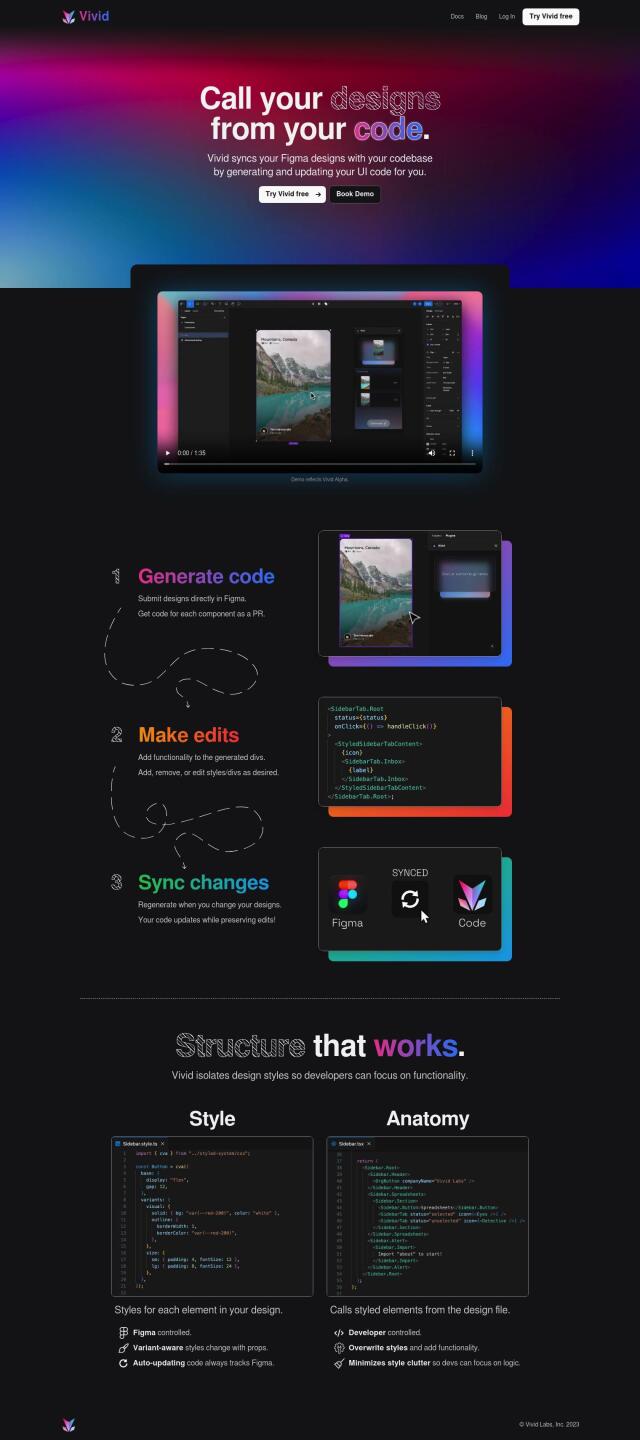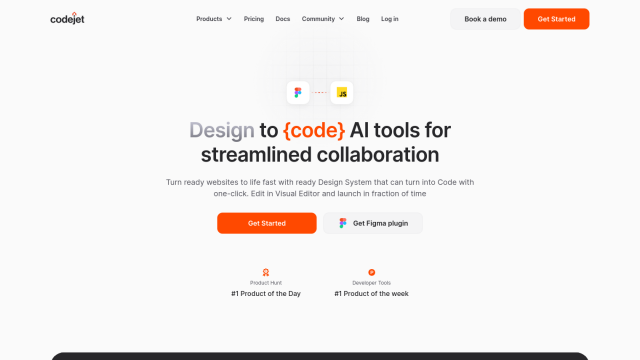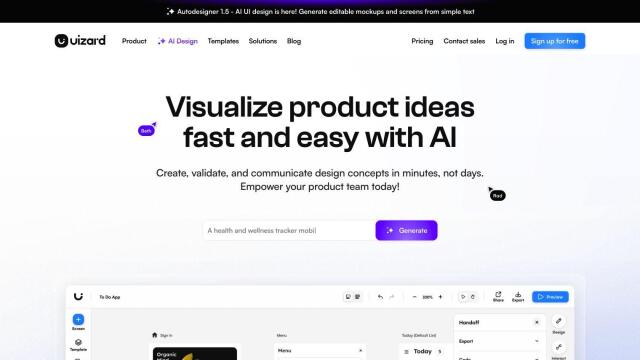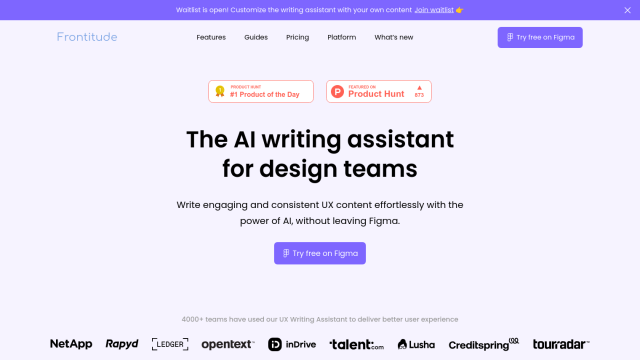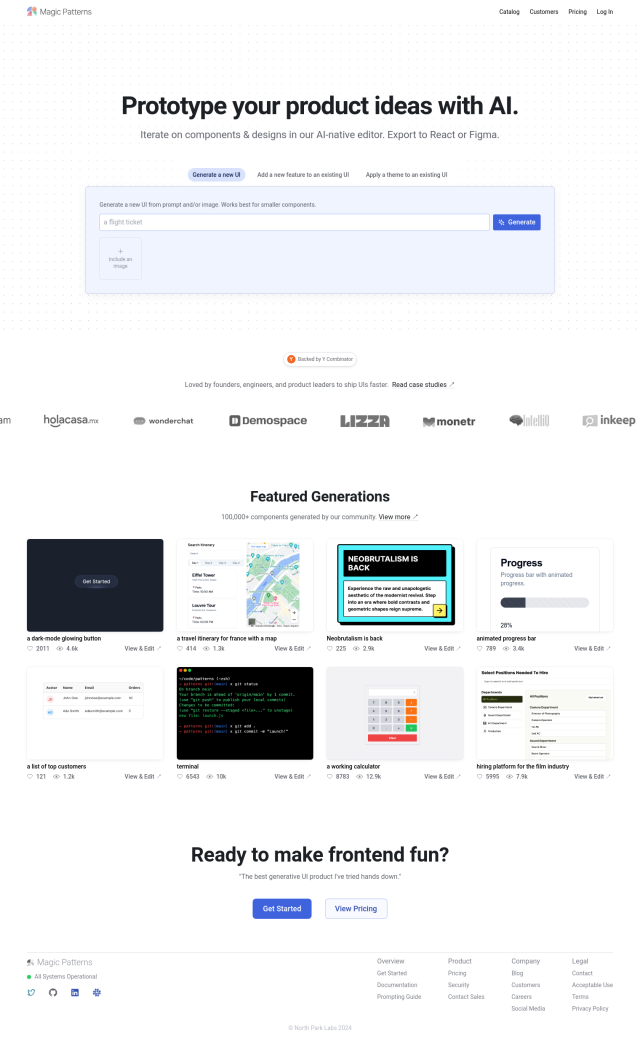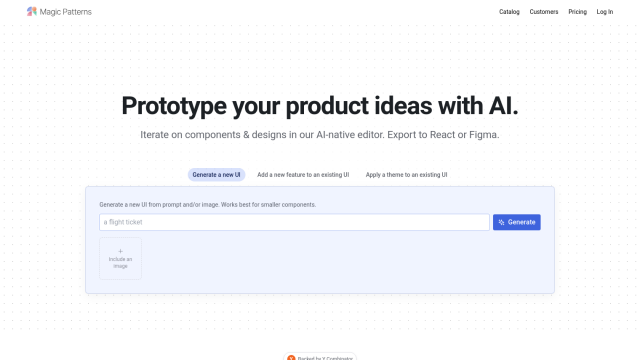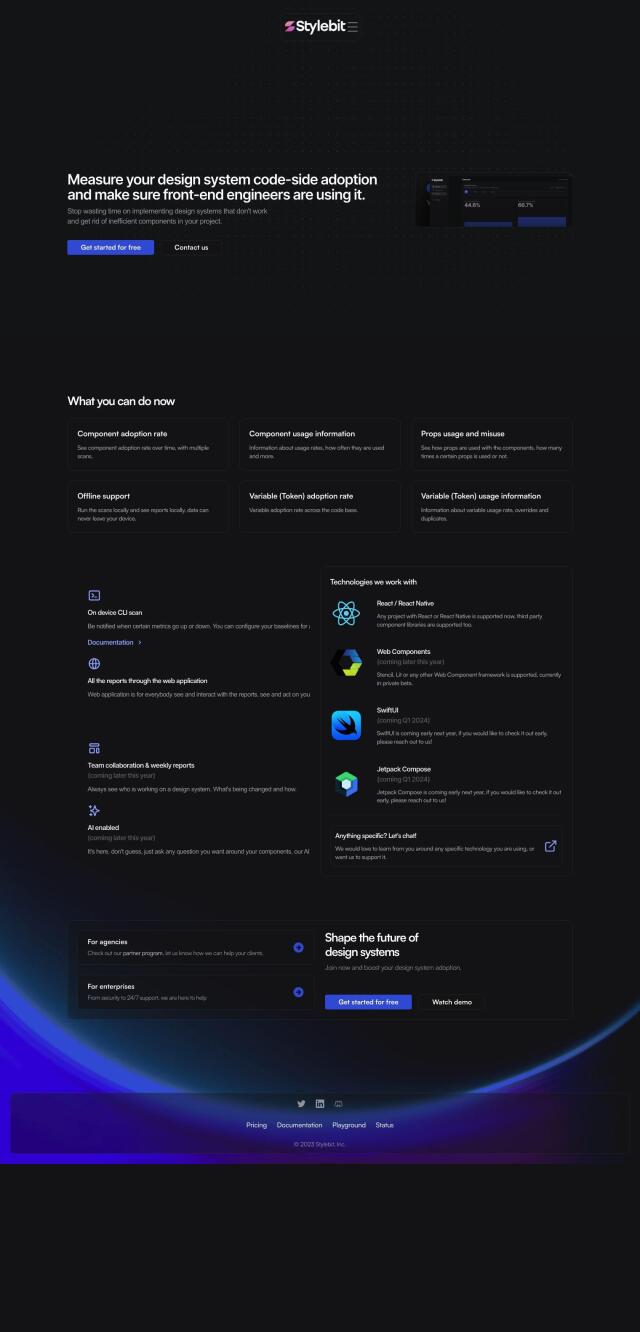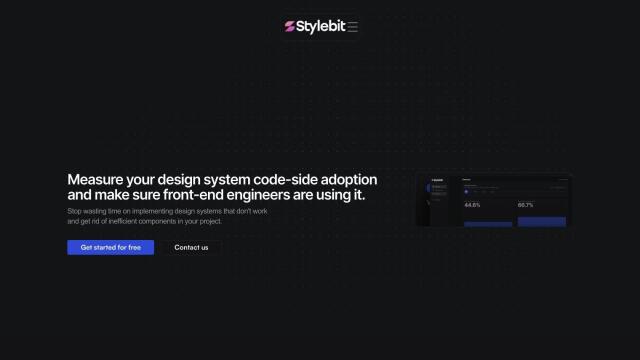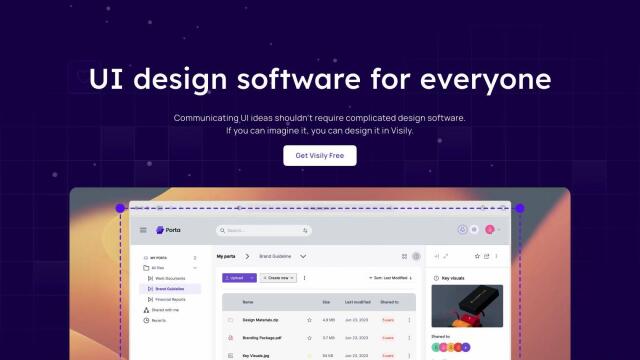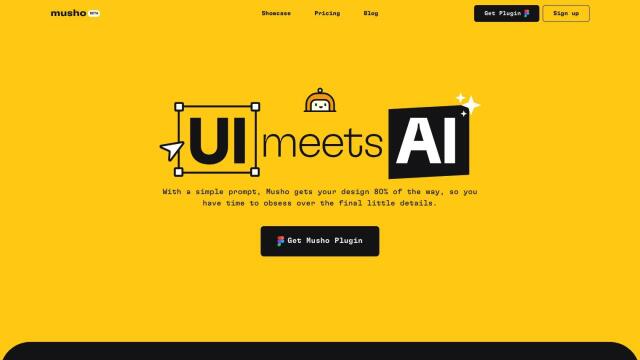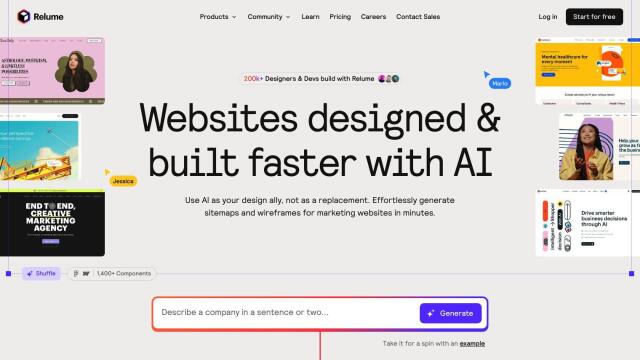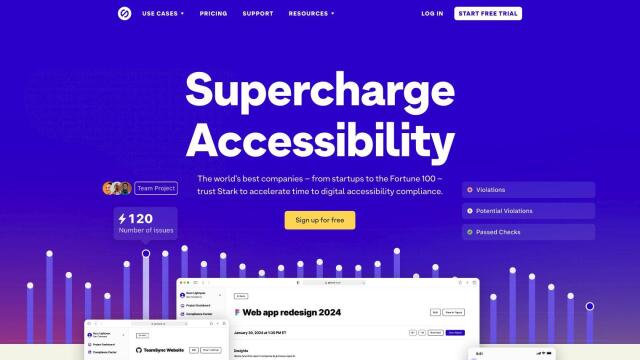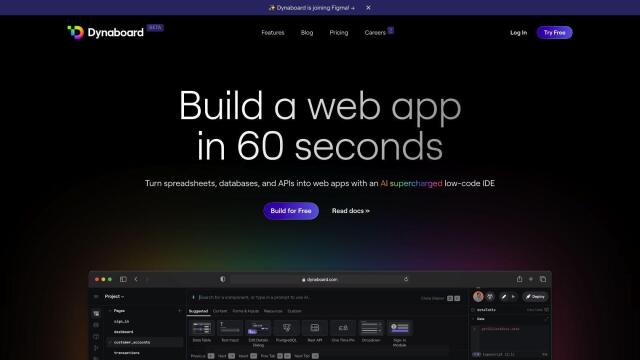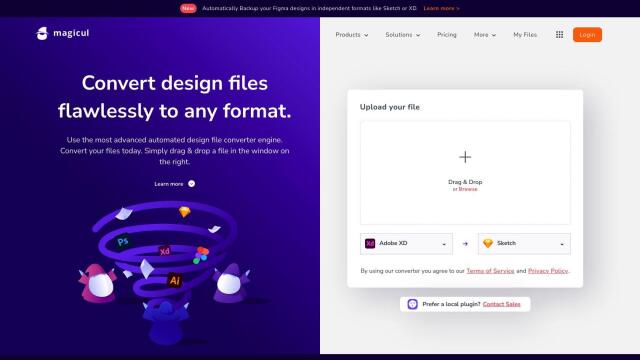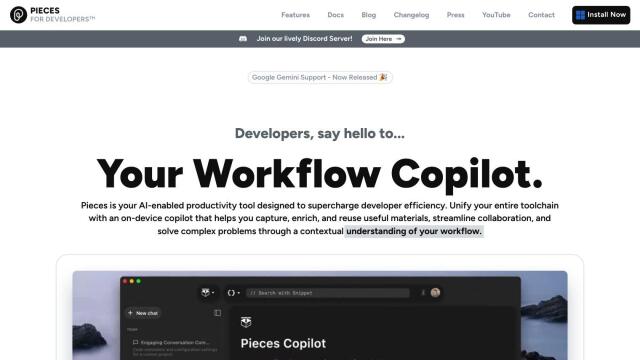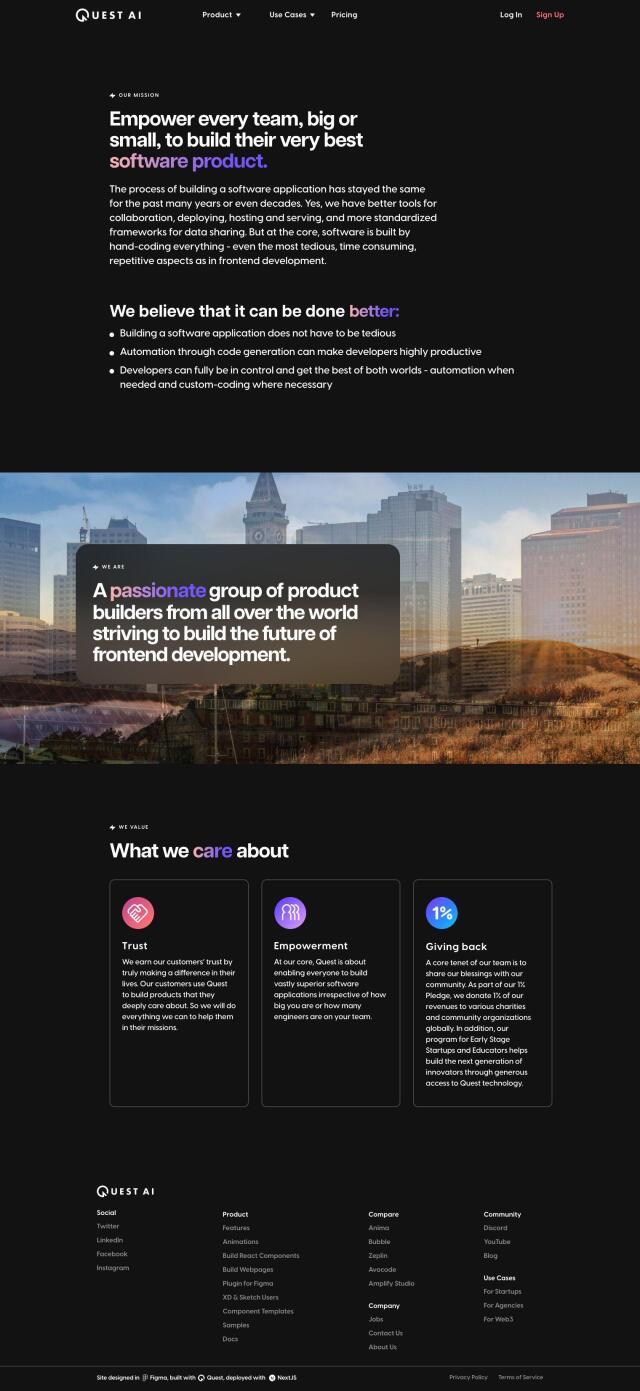

Quest
If you're looking for a Vivid alternative, Quest is another option worth considering. It lets developers turn Figma designs into React components, with abilities like automated code generation, responsive design and integration with other tools like Figma to Code, Animation Library and Design System Support. It's geared for development teams, with collaboration abilities and a host of templates and components to get development off to a fast start.


Bifrost
Another option is Bifrost, an AI-powered tool that converts Figma designs into React code. It supports frameworks like Tailwind and Chakra, and you can generate entire sets of components from Figma designs. Bifrost is geared for developers and designers who want to spend their time on high-leverage features and design changes, not tedious coding tasks.

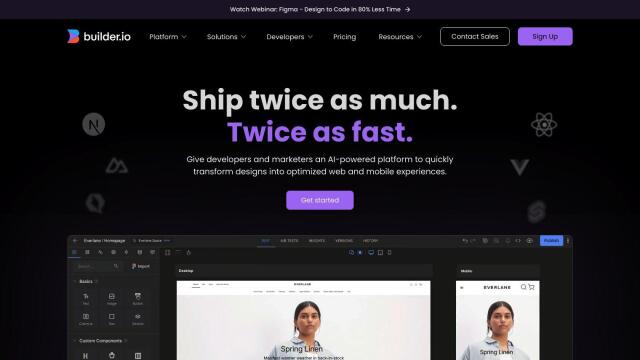
Builder.io
If you want a broader suite of tools, check out Builder.io. The service uses AI to convert Figma designs into code, but it also comes with a Visual Copilot for fine tuning the generated code, a drag-and-drop visual editor for real-time collaboration, and support for React, Vue and Angular. Builder.io also offers component mapping, a global CDN and a variety of features geared for teams of different sizes, so it's worth considering if you want to speed up the design-to-code process.

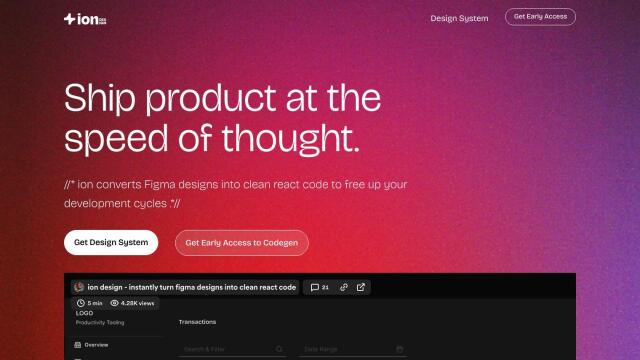
Ion
Last, Ion offers a tool to help high-performing engineering teams convert Figma designs into clean React code. It offers pixel-perfect code generation, multifile components that learn from existing code, and conditional logic to automate things like component generation. Ion is designed to speed up front-end development so developers can spend more time on design and architecture.
